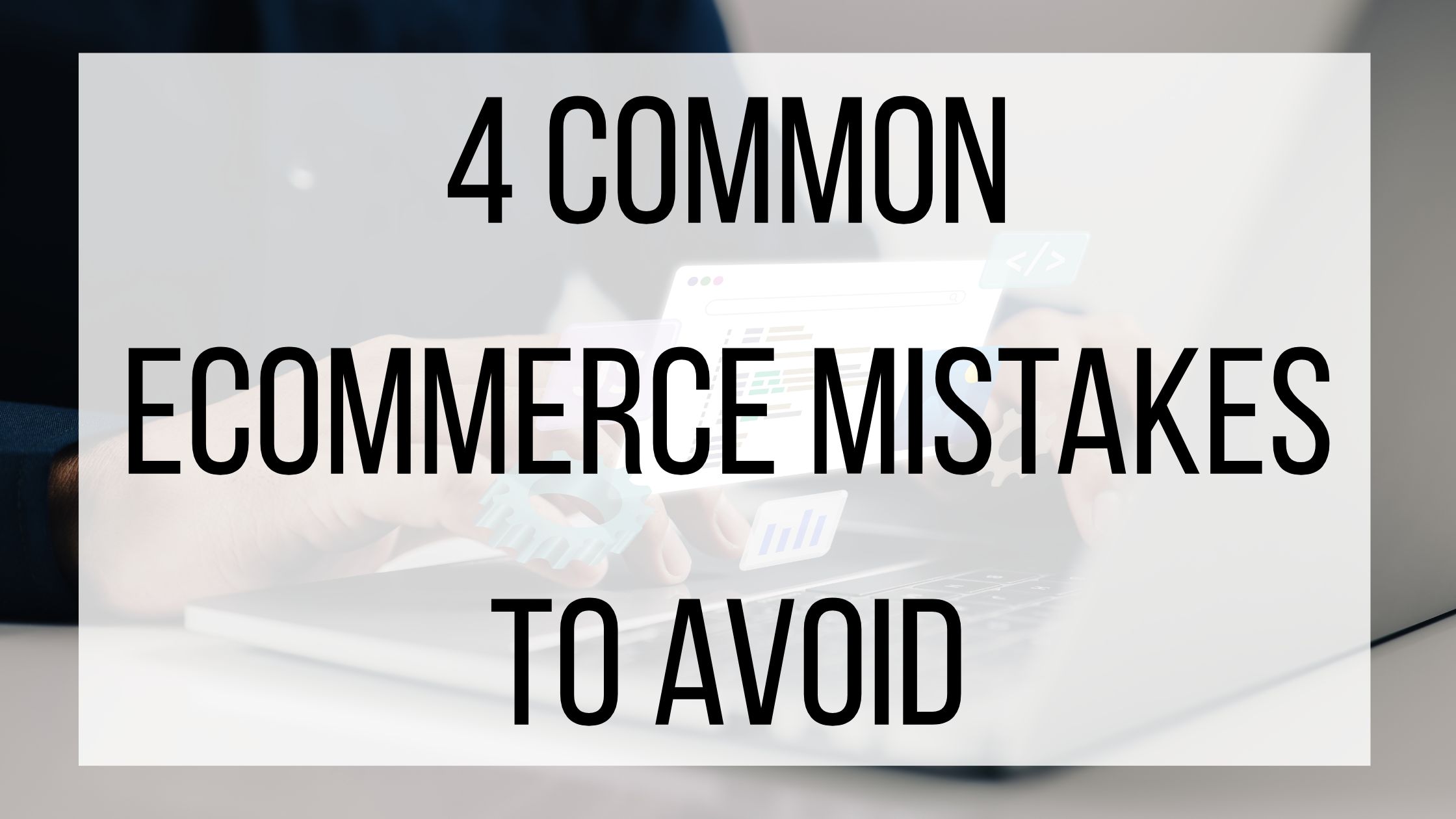Ethically Stealing Customers

When running an online business, companies tend to spend a lot of time and effort drawing in new customers. Customer retention is also very important to ecommerce companies, but often your current customer pool has room to grow. One of the savviest places to look for customers is through your competitors. These customers are already familiar with your market and are already spending money on products or services that you offer. There is a right and wrong way to lure in customers from competing stores, as you want to make sure you stay ethical and are giving the customers exactly what they need.
Research The Competition:
As with all aspects of running a business, keeping an eye on your competitors is important so that you know where you stand. Look for competitors that have similar products, use the same selling channels as you, use the same social media channels as you, and who have an overall clean advertising method. Take a look at their customers and make sure they are the kind of customers you’d like to target. Next, find out the similarities and differences you have, what their strength and weaknesses are, and what customers seem to like best about them.
Good places to check to see where your competitors are weak include their website, social media, anywhere with customer reviews, question forums, and Google search results. See what customers or vendors are confused about, things they don’t like, and what you think you could do better. Even seemingly simple things such as website speed, consistency in posting, and quality images can put you far ahead if you can provide better quality.
Target Their Customers:
If you have an advertising and marketing budget, re-direct some of your campaigns towards customers of your competition, especially those customers that might not be fully satisfied. Be careful not to insult your competitor, but rather point out all of the positive qualities that make your company stand out. Using networks such as Adsense will help you get a feel for who you should be showing these ads to, as well and when and how you should display them. If your competitor has a YouTube channel, you can even have your ads run before or after their videos.
Provide Exceptional Content:
Once you have the customer’s attention, they are likely to check out your website and social media to see who you are and how you are unique. One of the best ways you can keep their attention and gain their loyalty is by offering solutions to their problems that other companies do not. By recognizing what they need and offering it to them, they are much more likely to give you a chance. For example, toothbrush brand Quip gained popularity by designing electric toothbrushes that were stylish, easily portable, and include a subscription option. If Quip users choose to use the subscription service, they will receive a new toothbrush head with the option to add toothpaste to their order as well. With their simple and trendy social media presence, many people switched from more well-known names (such as Sonicare) to Quip because of all of the hype surrounding them.
Another way to encourage customers to switch over to your brand is to have an exceptional customer service team. Customer service representatives who are kind, understanding, and can quickly resolve a problem make a world of difference. Even if a customer is simply inquiring about your company, make sure to respond as quickly as possible.
Attracting customers from your competition requires a lot of smart planning and execution. At the end of the day, getting and keeping these customers means you need to have the best store, and truly focus on their needs. This method of gaining customers is not for every company but is worth a shot for many. If you do try to take their customers, make sure you stay ethical, and focus on promoting your wonderful qualities rather than bashing your competition. Offer customers the best service and product, and it is a win-win for you and them.


